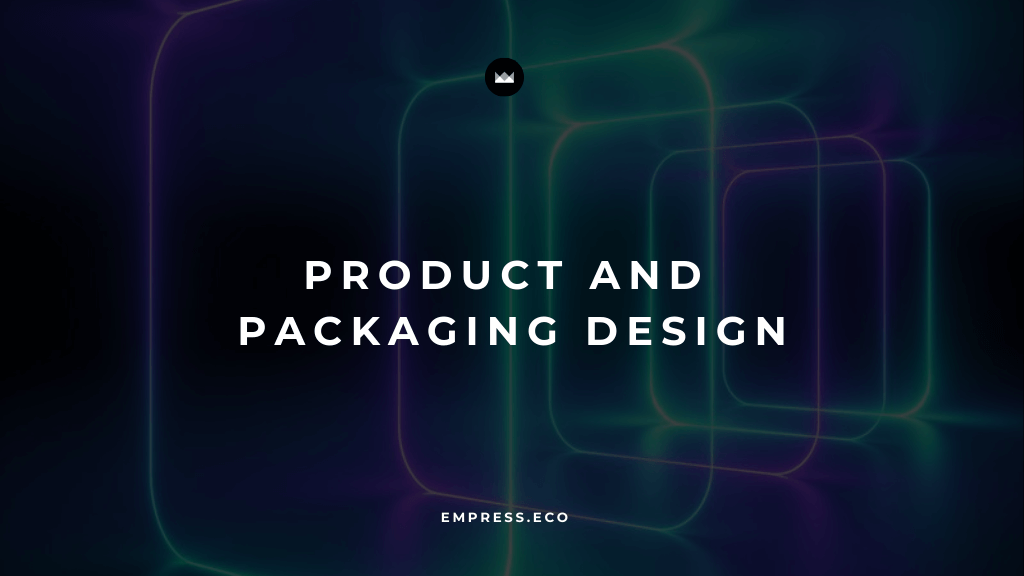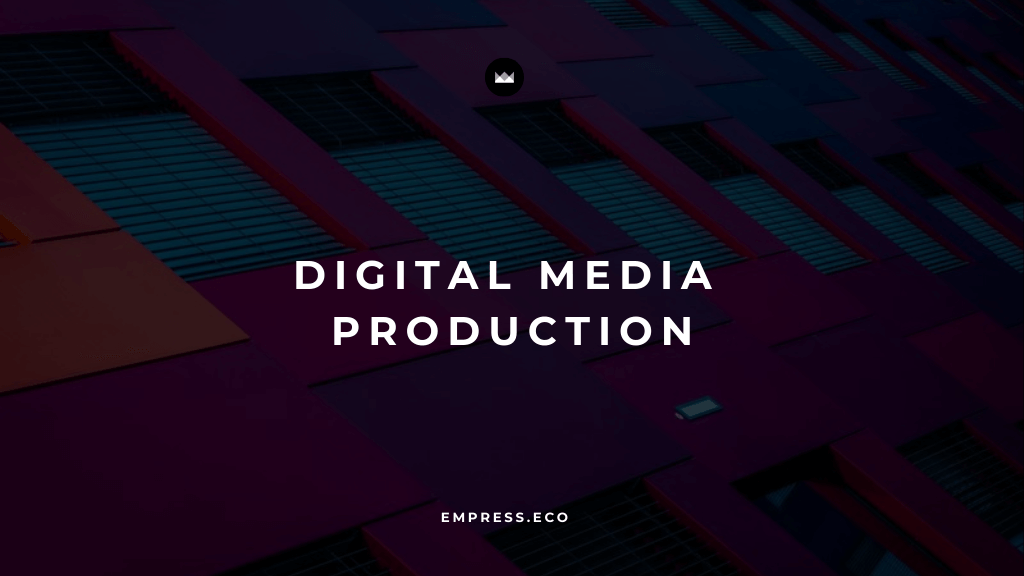As the world increasingly prioritizes environmental responsibility, sustainable design has emerged as a crucial component in shaping a more sustainable future. By integrating eco-conscious creativity into design processes, businesses and designers can reduce environmental impacts while fostering innovation and growth. This blog explores how sustainable design is transforming industries and provides insights into implementing eco-friendly practices effectively.
Understanding Sustainable Design
Sustainable design involves creating products, buildings, and systems that minimize negative environmental impacts while enhancing the health and comfort of users. This approach considers the entire lifecycle of a product or service, from material selection to disposal, aiming to create solutions that are environmentally responsible and resource-efficient.
Benefits of Sustainable Design
Environmental Impact Reduction
Sustainable design seeks to reduce the consumption of non-renewable resources, minimize waste, and lower emissions. By prioritizing eco-friendly materials and processes, designers can significantly decrease the environmental footprint of their creations.
Enhanced Health and Well-Being
Sustainable design improves indoor environmental quality, which can lead to better health outcomes for occupants. Features such as improved air quality, natural lighting, and ergonomic design contribute to enhanced comfort and well-being.
Economic Advantages
Eco-conscious design can lead to cost savings through energy efficiency, reduced waste, and longer product lifespans. Additionally, sustainable products often attract environmentally conscious consumers, expanding market opportunities.
Social Benefits
Sustainable design promotes social well-being by creating healthier, more inclusive environments. It supports community development and fosters a sense of responsibility and stewardship for the planet.
Key Principles of Sustainable Design
Resource Efficiency
Designers should prioritize the use of renewable resources and minimize waste. This includes selecting materials that are recyclable or biodegradable and designing products that require less energy to produce and use.
Lifecycle Thinking
Consider the entire lifecycle of a product, from raw material extraction to end-of-life disposal. Sustainable design aims to create products that are durable, repairable, and recyclable, reducing the need for frequent replacements.
Human-Centric Design
Focus on creating environments that enhance user comfort and well-being. This includes optimizing indoor air quality, lighting, and acoustics, as well as designing for accessibility and inclusivity.
Innovation and Creativity
Leverage creative thinking to develop innovative solutions that address environmental challenges. This includes exploring new materials, technologies, and design methodologies that prioritize sustainability.
Implementing Sustainable Design Practices
Conduct a Sustainability Audit
Evaluate your current design practices to identify areas for improvement. Assess the environmental impact of materials, processes, and products, and set goals for reducing resource consumption and waste.
Collaborate with Stakeholders
Engage with stakeholders, including suppliers, customers, and community members, to gain insights and support for sustainable initiatives. Collaboration can lead to innovative solutions and shared benefits.
Educate and Train Your Team
Provide training and resources to help your team understand sustainable design principles and practices. Encourage a culture of continuous learning and improvement to stay ahead of industry trends.
Monitor and Evaluate Progress
Regularly assess the effectiveness of your sustainable design efforts. Use metrics and feedback to measure progress and identify opportunities for further improvement.
Case Studies: Successful Sustainable Design Initiatives
IKEA’s Flat-Pack Design
IKEA’s flat-pack furniture design reduces transportation costs and emissions by optimizing packaging and logistics. This approach exemplifies how sustainable design can lead to both environmental and economic benefits.
Herman Miller’s Green Building
Herman Miller’s environmentally friendly building design incorporates natural lighting, energy-efficient systems, and sustainable materials, resulting in improved occupant well-being and reduced environmental impact.
Steps to Integrate Sustainable Design
Evaluate Your Impact
Start by understanding your current environmental impact. Conduct an audit of your design processes, materials used, and waste generated. Identify key areas where you can make changes to reduce your footprint.
Set Sustainability Goals
Define clear, achievable goals for your sustainable design efforts. These should align with broader organizational objectives and be measurable to track progress over time. Goals might include reducing energy consumption, minimizing waste, or sourcing more sustainable materials.
Adopt Eco-Friendly Materials
Select materials that are renewable, recyclable, or biodegradable. Look for certifications and standards that ensure the materials are sustainably sourced. This not only reduces environmental impact but also enhances the appeal of your products to eco-conscious consumers.
Design for Durability and Repairability
Create products that are built to last and can be easily repaired rather than replaced. This extends the lifecycle of your products and reduces the demand for new resources.
Minimize Waste
Implement design strategies that reduce waste at every stage of the product lifecycle. This includes optimizing the use of materials, designing for modularity, and promoting recycling and upcycling.
Use Energy-Efficient Processes
Optimize your production processes to minimize energy consumption. This can involve using energy-efficient machinery, adopting renewable energy sources, and improving overall operational efficiency.
Future Trends in Sustainable Design
Biophilic Design
Biophilic design integrates natural elements into built environments, enhancing the connection between people and nature. This approach not only improves well-being but also promotes sustainability by using natural materials and energy-efficient designs.
Circular Economy
The circular economy model focuses on designing products and systems that eliminate waste and promote the continual use of resources. This involves rethinking how products are made, used, and disposed of to create closed-loop systems that minimize environmental impact.
Smart Materials
Advancements in material science are leading to the development of smart materials that can adapt to environmental conditions, reduce energy consumption, and improve sustainability. These materials offer new possibilities for innovative, eco-friendly designs.
Renewable Energy Integration
Incorporating renewable energy sources such as solar, wind, and geothermal into design projects can significantly reduce carbon footprints. This trend is particularly relevant in building and urban design, where sustainable energy solutions are becoming increasingly important.
Overcoming Challenges in Sustainable Design
Balancing Cost and Sustainability
While sustainable materials and processes can sometimes be more expensive, the long-term benefits often outweigh the initial costs. Focus on the total lifecycle cost of products and consider the savings from energy efficiency, reduced waste, and enhanced brand value.
Educating Consumers
Consumers may not always understand the benefits of sustainable design. Effective communication and education are crucial to highlight the environmental and health advantages of your products. This can enhance customer appreciation and drive market demand for sustainable options.
Staying Informed
The field of sustainable design is constantly evolving, with new technologies and methodologies emerging regularly. Staying informed about the latest trends, standards, and innovations is essential for maintaining a competitive edge and continuing to improve your sustainability efforts.
The Role of Technology in Sustainable Design
Digital Prototyping
Digital prototyping allows designers to test and refine their ideas using virtual models before creating physical prototypes. This reduces material waste and accelerates the design process, leading to more efficient and sustainable outcomes.
Building Information Modeling (BIM)
BIM is a digital representation of the physical and functional characteristics of a building. It enables designers to plan, design, construct, and manage buildings more efficiently, optimizing energy use, material selection, and overall sustainability.
IoT and Smart Design
The Internet of Things (IoT) enables the creation of smart, interconnected systems that can optimize energy use, monitor environmental conditions, and enhance the sustainability of products and buildings. Smart design integrates these technologies to create more responsive and efficient solutions.
Conclusion
Sustainable design is essential for building a brighter, more responsible future. By integrating eco-conscious creativity into design processes, businesses can reduce environmental impacts, enhance user well-being, and achieve economic advantages. Embracing sustainable design principles and practices will be crucial for staying competitive and contributing to a more sustainable world.
Start incorporating sustainable design into your projects today to drive innovation, foster growth, and create a positive impact on the environment and society. Sustainable design is not just a trend; it is a necessary evolution in the way we create and interact with our world, paving the way for a sustainable and prosperous future.



